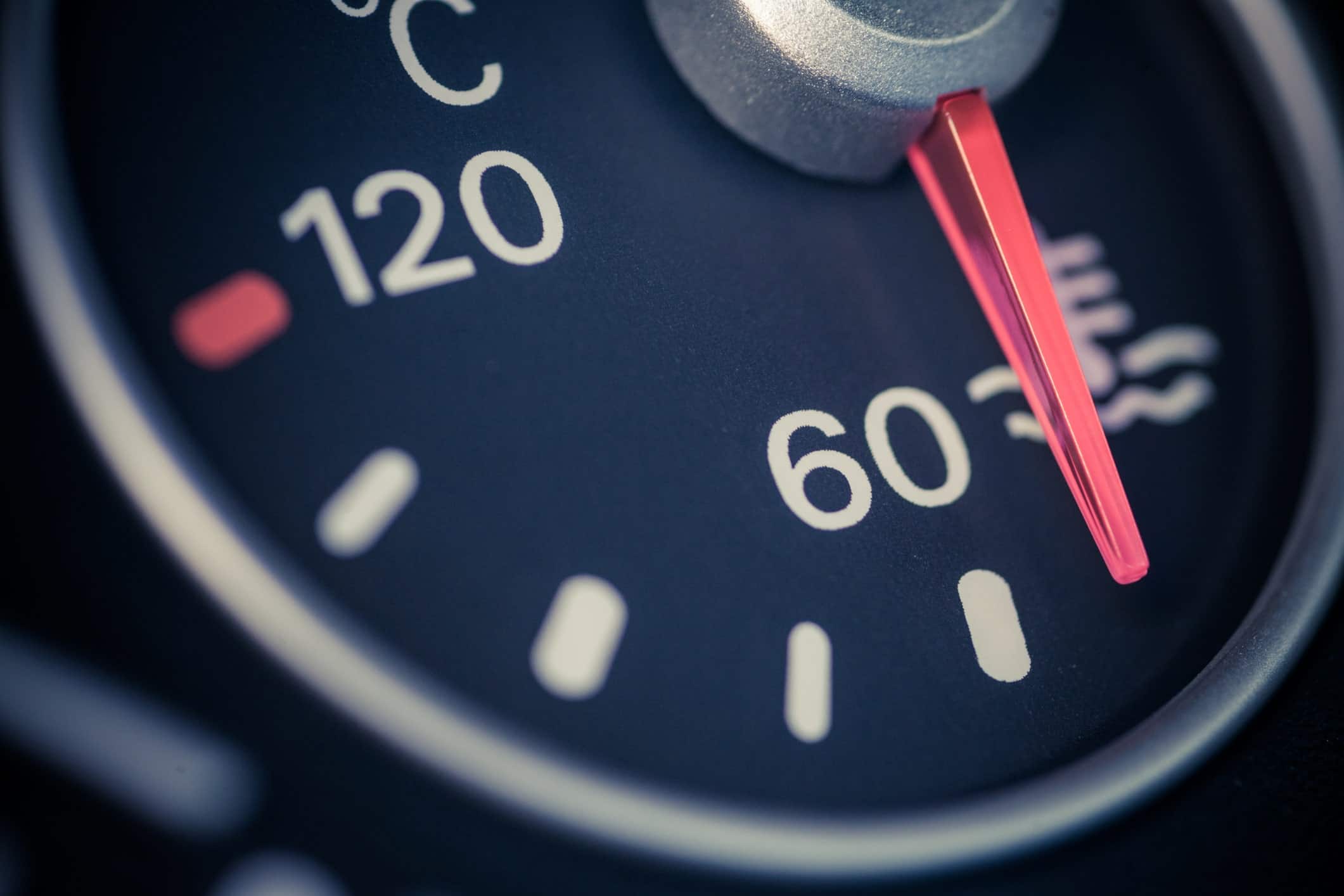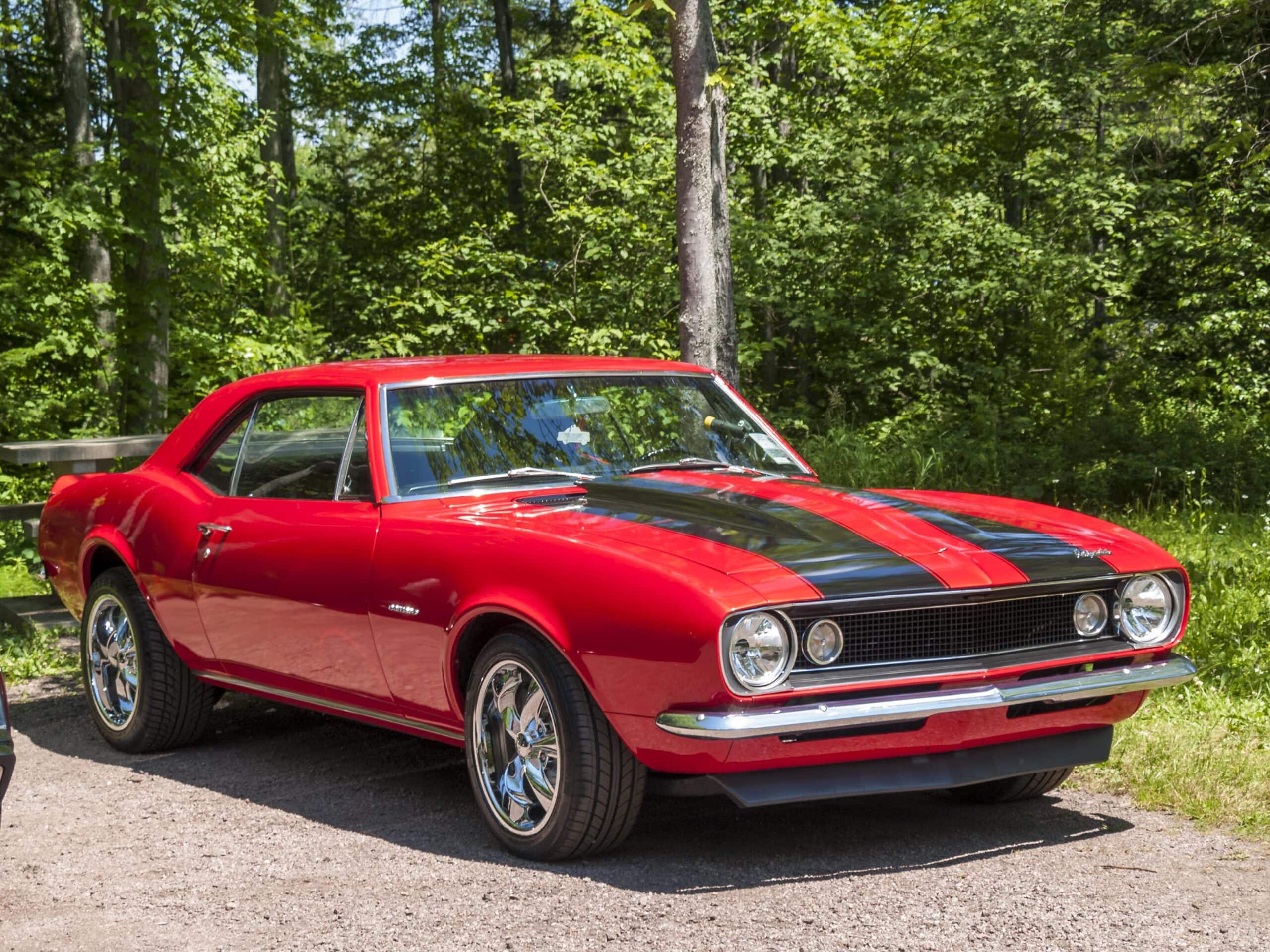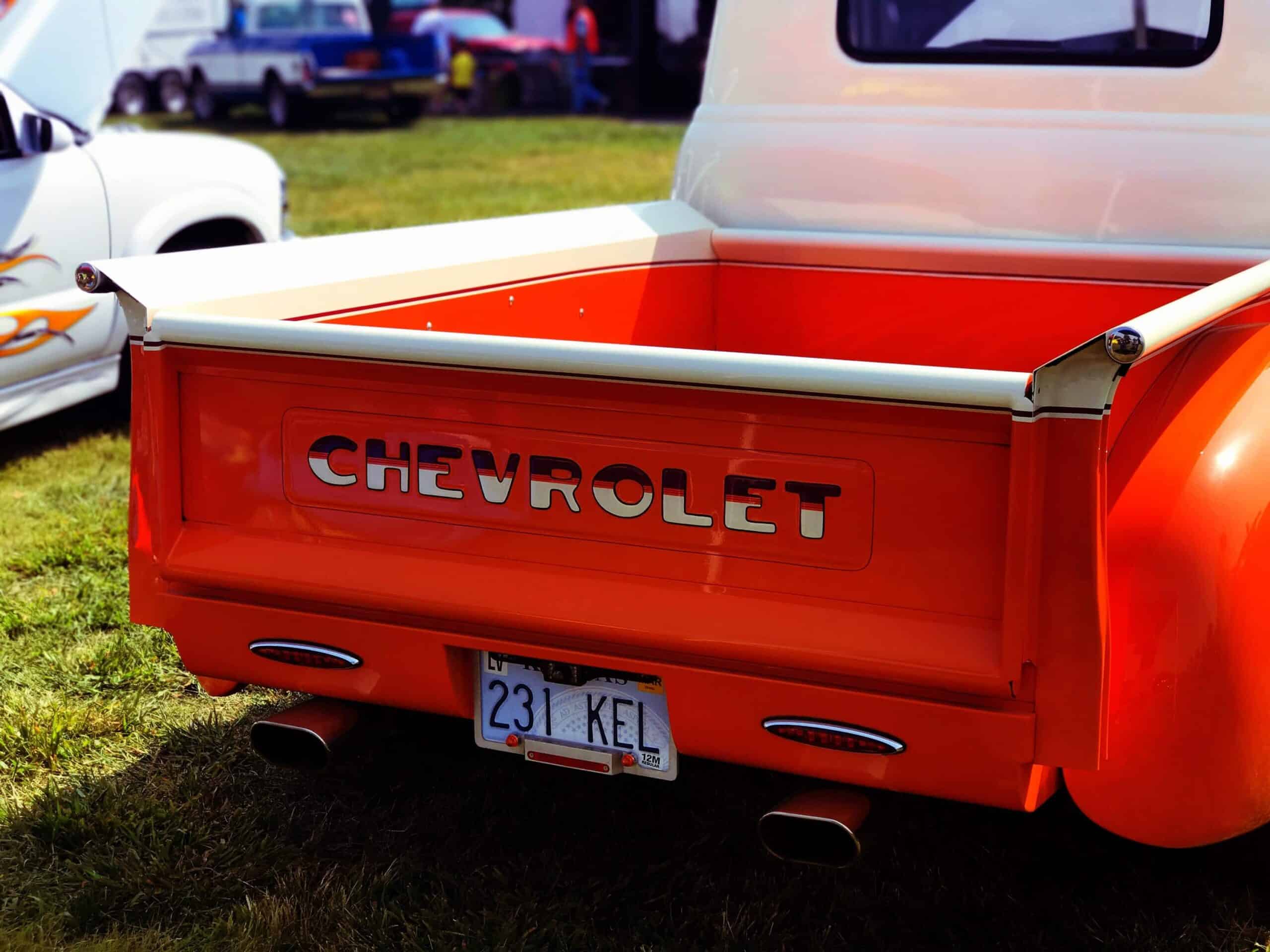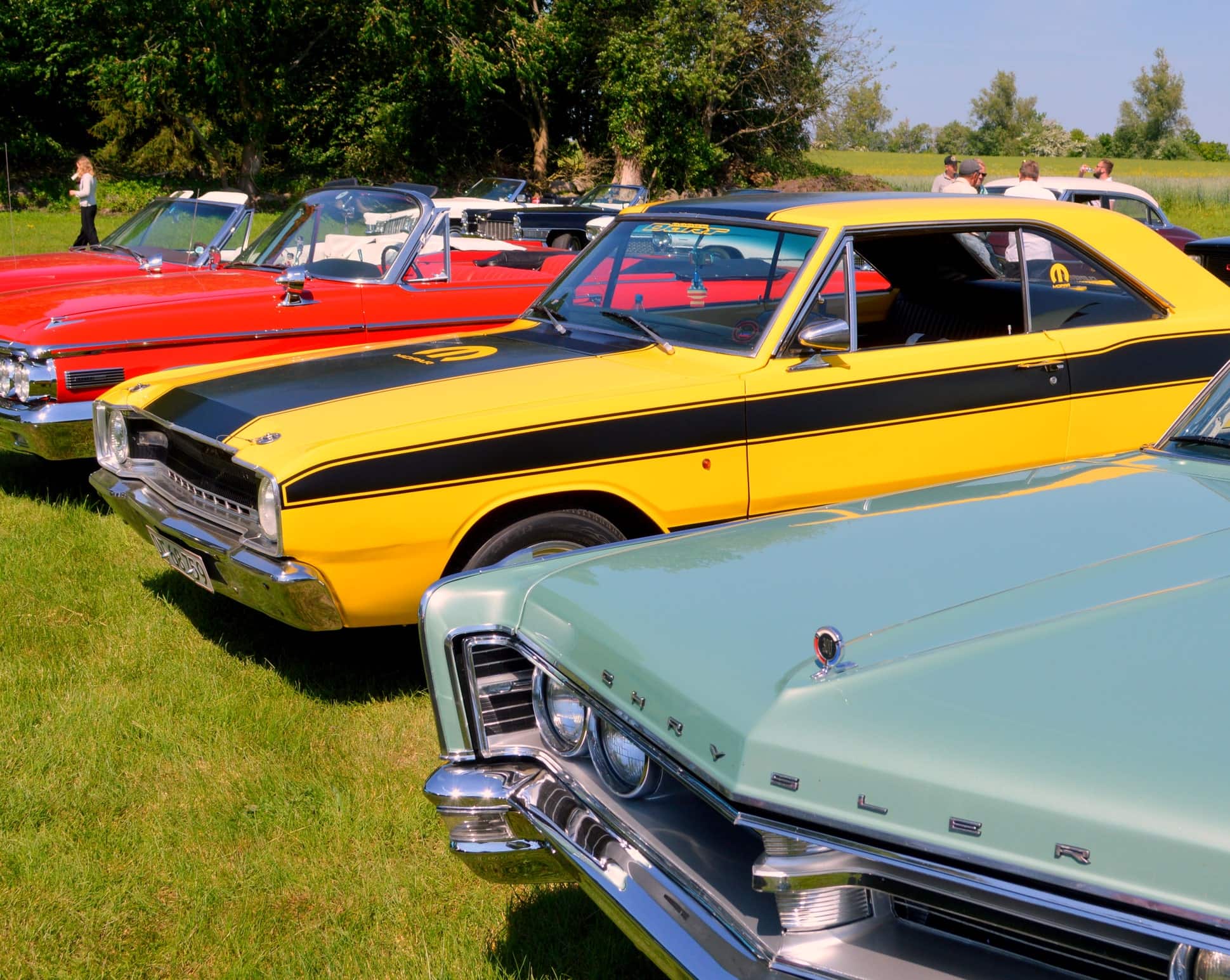
Rear end gear ratio is boiled down to lower numerical values giving better acceleration, torque, top speeds, and better fuel economy.
The first time you wade into the gears’ universe, you will encounter several terms such as gear ratio, rear end, gear systems or ‘trains,’ etc. Knowing how to calculate the rear end gear ratio to choose the right one is not a must but an advantage, and this is because you can find the gear ratio in the product description.
However, if you understand precisely how it works, your choice becomes much more calculated. Let this article serve as a guide or flashlight into this universe, and you will never get lost.
Let’s get started with the basics, shall we?
What is a Rear End Gear Ratio?
Most automobiles use gear ratios in the drive axle and the transmission to multiply power. When you multiply the two ratios, it equals the final drive ratio.
When you hear car drivers refer to numbers – such as 3.08:1, 3.73:1, or even 4.10:1 – they discuss the ring-and-pinion gears’ ratio within the rear axle. This ratio refers to the number of teeth on the ring – i.e., driven gear – divided by the number of teeth on the pinion – i.e., the drive gear.
Therefore, this implies that a ring gear with 41 teeth and a pinion with ten teeth results in 4.10:1. In other words, for every single turn of the ring gear, the pinion rotates 4.10 times. The rear end gear ratio has to do with the relationship between the pinion gear and the ring gear.
But is there a chance that the system may incorporate more than two elements? Yes, the intermediate gears are known as ‘idlers.’ They can be used to keep – or change – the direction of rotation.
You can easily apply the gear ratio formula to every pair of wheels, but the truth is that you do not have to do so. Regardless of how many idlers there are within the train, the final gear ratio is between the ‘driver’ and the ‘driven’ wheel.
How Gears Work
The wheel was first invented before the gear came into play. Gears became functional for any of the following reasons:
- To accurately reverse the direction of rotation
- To decrease or increase the rotation speed
- To synchronize the rotation and keep it that way
- To change the rotational motion to a different axis
Although gear systems came into play as far back as four ages BC in China, many still believe that the first invention could be much older. Gear systems have developed over the centuries and are readily divided into dynasties.
The primary purpose of rear end gears is to multiply the torque the engine and transmission delivers. If you think of gears as complex mechanical levers, you won’t be far off the mark. This is because gears provide mechanical advantages that swiftly multiply torque in order to assist the engine’s power in moving the automobile.
Therefore, high gears are thought of as short mechanical levers that provide less mechanical advantage, while low gears are just like longer levers with more mechanical advantage.
Calculating the torque multiplication that your axle gears provide is quite easy. You can do this by multiplying by the gear ratio. For instance, if both the engine and transmission deliver up to 100 ft./lbs. of torque to the pinion gear and the gear ratio of the ring-and-pinion is say 4.12:1, the output torque is 412 ft./lbs. i.e. 100 x 4.12.
In the same vein, if the gear ratio is 3.04:1, the output torque will be 304 ft./lbs. As you can see, the lower 4.12:1 gears invest more power to the ground than the higher 3.04:1 gears.
Note that no changes occur in the engine’s power, though the available torque to the tires has done so.
How to Calculate Gear Ratio
The first gear that is attached to the motor shaft is known as the ‘drive’. But the ‘driven’ gear is the one that is attached to the load shaft gear.
In order to calculate the gear ratio, you need to do the following:
- First of all, get each part and count the number of teeth they have. Let’s say the small drive has up to 21 teeth while the driven gear has 28 teeth. Bear in mind that when experts discuss spur types, the one with more teeth is referred to as the ‘gear’ while the other one with fewer teeth is called the ‘pinion.’
- Divide the number of the driven gear teeth by the number of the drive gear teeth. In this example, it is 28/21 or 4:3.
This gear ratio indicates that the smaller ‘driver’ gear must rotate or turn up to 1.3 times to get the much larger ‘driven’ to make just one complete turn.
Take note that a high numerical gear ratio is referred to as a ‘low gear.’ But a low numerical gear ratio is called a ‘high gear.’ Low gears engender fast acceleration and are highly appropriate for smaller engines.
However, high gears cause higher top speeds and better cruising and are suitable for more powerful engines.
You should heavily consider the following factors – which can affect the gear ratio – before changing the existing rear end gear ratio:
- Tire diameter
- Transmission type as well as individual gear ratios
- Torque converter stall speeds (automatic), etc.
This is why it is highly essential to learn how to choose the right gear ratio for your drag racer or muscle car.
What Do ‘Short Gear’ and ‘Tall Gear’ Mean?
The terms’ short gear’ and ‘tall gear’ can be somewhat misleading; this is why clarifying them is important.
A ‘tall gear’ gives you much better-cruising speed as well as fuel economy, while a ‘short gear’ always gives you excellent acceleration but at the cost of efficiency and cruising speed.
The Advantages That Geared Transmissions Offer
The geared transmission offers several advantages compared to other forms or types of transmission.
First of all, a geared transmission provides incredibly high performance when efficiently transmitting motions and forces along with high reliability and extended service life.
However, what makes geared transmissions stand out from others is the astonishing accuracy of their gear ratio. This means that they can easily be utilized in precision machinery since gear ratios in geared transmissions are incredibly precise.
Moreover, unlike mechanisms – such as pulleys or chains – the size of geared transmissions is small. This makes it easy to install them in large and small machines and spaces and places that are somewhat difficult to access readily.
Finally, their maintenance is not complex in any way, and this is why geared transmissions remain one of the most prevalent systems within the automotive – and other – industries today.
Conclusion
Learning gearing lingo is important, especially if you want to know more about rear end gear ratios and how it calculated, how gear ratios affect mileage and acceleration, etc.
Rear end gear ratios can be boiled down to one statement: higher ratios – i.e., with lower numerical value – give better acceleration/torque and lower ratios yield to better fuel economy and higher top speeds.




